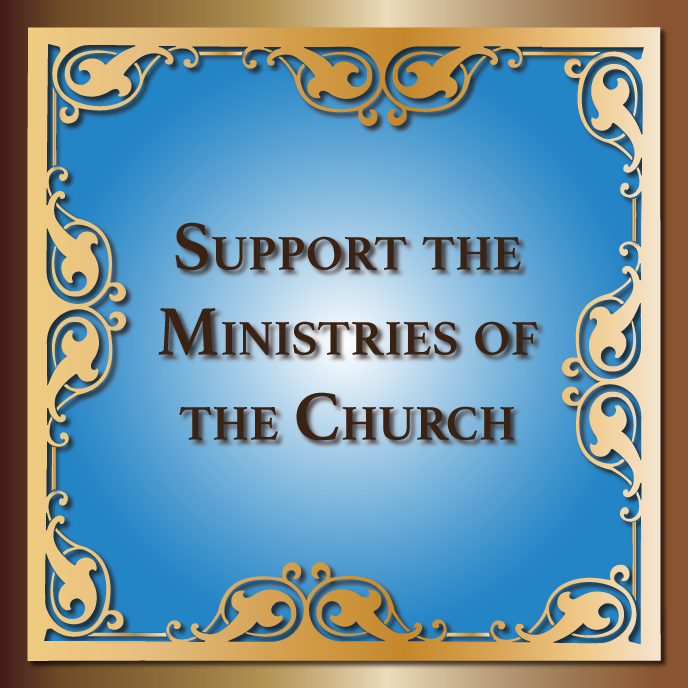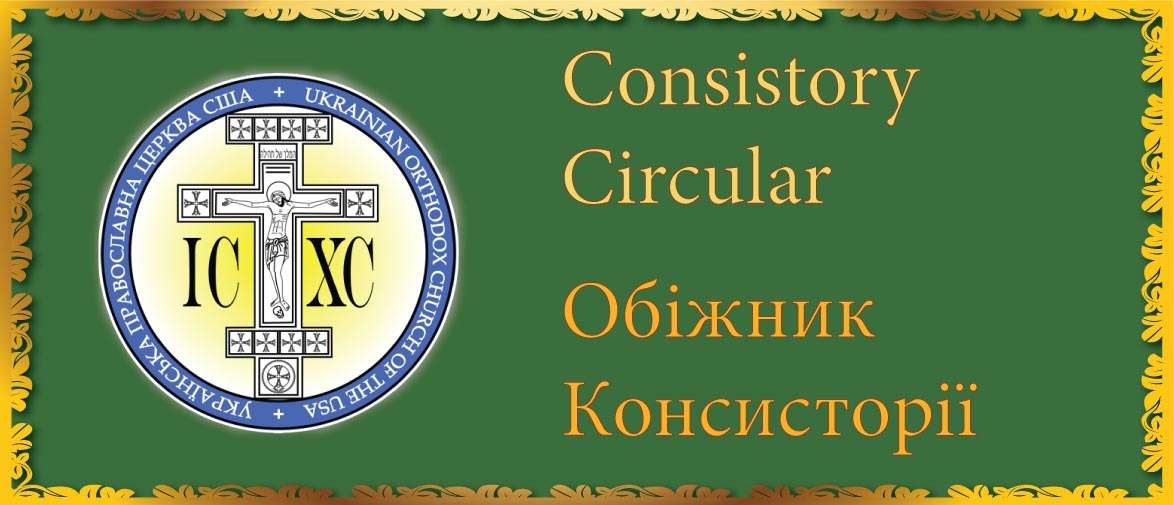Every year I encounter the same problem as I prepare to preach on the first Sunday of Lent. Do I preach on the celebration of the Triumph of Orthodoxy or do I stick with the events in the Gospel? Obviously, both are important. However, every year I settle on the Gospel reading for the day. I have rationalized each year that I cannot go wrong preaching on that. So why then have I resisted tackling the celebration of the Triumph of Orthodoxy? I must admit that too many Triumph of Orthodoxy celebrations and their related sermons have made me uncomfortable.
My discomfort has nothing to do with the doctrinal truths proclaimed on this day, but rather a kind of fear and distaste at the self-satisfaction that can come with believing oneself to be orthodox. We have the true faith! Yea, us! Or sometimes it feels like an us-versus-them mentality as we proclaim once again who the enemies of true doctrine are and simultaneously assign ourselves to be the “good guys” in this never ending war with false doctrine.
My second problem is a false assumption. I have always assumed that that there is no direct link between the Gospel account of the call of the apostles Phillip and Nathanael and the Triumph of Orthodoxy.
Yet I have discovered there is a link between the two. But first we need to talk a little about history.
The Triumph of Orthodoxy, or to be more literal, the triumph of correct believing or correct honoring, is not a celebration of one denomination (“THE ORTHODOX CHURCH”—Hooray!) over another denomination (“The ICON-SMASHING pseudo-church”—Boo!). It is instead the re-establishment of a correct and consistent theological truth: Jesus Christ is both truly divine and truly human. He is not a God playing at human; he is not a really godly human; He is the God-Man.
The question of idolatry was at the heart of the theological dispute. One party feared that the Church’s centuries-long veneration of images was nothing more than unbridled idolatry. The military defeats at the hands of the Arab Caliphate were interpreted by more than one Roman emperor as sign of God’s displeasure at the Church’s descent into idolatry. The theological justification came from Exodus 20:4 which states “You shall not make for yourself a carved image, or any likeness of anything that is in heaven above, or that is in the earth beneath, or that is in the water under the earth.” Starting with Emperor Leo III, the official policy of at least four emperors was the systematic destruction of religious depictions of persons. But it is worthy to note that the specific prohibition to not make “any likeness” was not universally enforced. Animals, especially birds, and crosses were depicted in churches of this time period. Moreover, all of the iconoclastic emperors permitted the minting of coins with their images even when official iconoclastic policy spoke against the “unlawful art of painting living creatures” as blasphemy against salvation.1 With the selective use of scripture and the self-righteous scepter of absolute power, these emperors made war upon their own people. Not only were churches and homes stripped of their icons, those who opposed the emperor where exiled and even executed. The real idolatry was imperial self-worship masked in pseudo-religious rhetoric.
The opposing parties came chiefly from the average Roman citizen, the monks, and those Christians on the far reaches of the ancient Roman empire, especially the faithful of Old Rome. Their fundamental motivation was the defense of the truth of God’s incarnation. God shapes for Himself, in seeming contradiction to the Mosaic Law, an image. St. Paul boldly proclaims that Jesus “is the icon of the invisible God, the firstborn over all creation.” (Col. 1:15)
Now let us return to our Gospel story. It is important to first note that it is Jesus Who finds Phillip, not the other way around. God is the initiator here. As with us, before we see Him, He sees us; however, Phillip is not uninvolved in the process. The Evangelist John tells us that Phillip had been in search of the messiah in the Mosaic Law and in the Prophetic writings.
Now where Phillip is confident that Jesus is the fulfillment of a divine promise, Nathanael is not moved. He says, “Can anything good come from Nazareth?” We do not know why Nathanael is so unimpressed. Maybe he has given up hope, has stopped looking, is tired of vague divine promises, or maybe he is bigoted against Nazareth or too sure about his own knowledge of things sacred and profane. Perhaps a lesser man than Phillip would have given up and said, “Have it your own way Nathanael, you dream killer” and gone merrily on his way. But Phillip is sure and undeterred by Nathanael’s ambivalence. Thus in response to Nathanael, he says the most important thing anyone can say to another human: “Come and SEE.”
Why Nathanael comes and sees, we do not know. Perhaps he acquiesces to Phillip’s request for the sake of friendship but is ready to dismiss Jesus’ apparent messianic vocation with a few well-worded questions meant to stump-the-chump. However, Jesus already knows the heart of Nathanael; being divine does have its advantages. Jesus is already on the offensive when Nathanael approaches Him. Jesus knows that Nathanael is fundamentally an honest and righteous man; what we would call a straight-shooter. And Jesus tells Nathanael just that: “I behold a true Israelite in whom there is no false guise.” Nathanael is surprised that this man he has never seen knows him. And so he asks, “How do you know me?”
Jesus’ answer is quite unexpected: “Before Philip called you, I saw you under the fig tree.” This response and Nathanael’s bold pronouncement should necessarily make us go, “Huh?” To understand this statement, one needs to know something about figs. It was understood throughout scripture that fig trees and grape vines were indicative of the good life and a symbol of the messianic kingdom to come. When Nathanael hears these words from the messiah, his heart and mind were opened. He sees clearly. He knows. He believes. “Rabbi, you are the Son of God; you are the King of Israel.” In acknowledging Jesus, Nathanael is made privy to the mysteries of heaven itself.
Here, then, is the real of triumph of orthodoxy. When Nathanael beholds Jesus fully with his own eyes, all is made clear. Seeing can be believing. Every time we give the invitation to come and see, and one does come and does see, orthodoxy triumphs.
Icons then are aids in this process of revelation. We, like Nathanael, can come to believe through our sight. But how is this not idolatry? It is not idolatry because God Himself has become an image. He is both the first icon maker and the first icon. If we then reject the physical depiction of the truly physical God-man, we are likely to reject that Jesus is truly present as God in this world. Think of the emperors who were quite happy to place their own images on things, but make God invisible. In doing so, they usurped the king of heaven and hellish behavior followed as they set themselves up as false gods.
Knowing all this then, can we be satisfied with just celebrating an event that occurred 1170 years ago? Having the right faith is no doubt good. Having icons, attending church, understanding theology: it is all good. But that is not the sole or even primary purpose of the gospel. We must bring this good news outside of the confines of our churches. We must be icons. People must see Christ in us. We must embody the triumph of orthodoxy. We must be shining lights, radiant beacons to a darkened world by our love of others, by our sacrifices, by our unquenchable joy, and, if necessary, by our words.
Fr. Silouan Rolando
Holy Trinity, Goshen, IN
1 Epitome of the Definition of the Iconoclastic Conciliabulum at Constantinple in 754.
|
| |||||||||||












